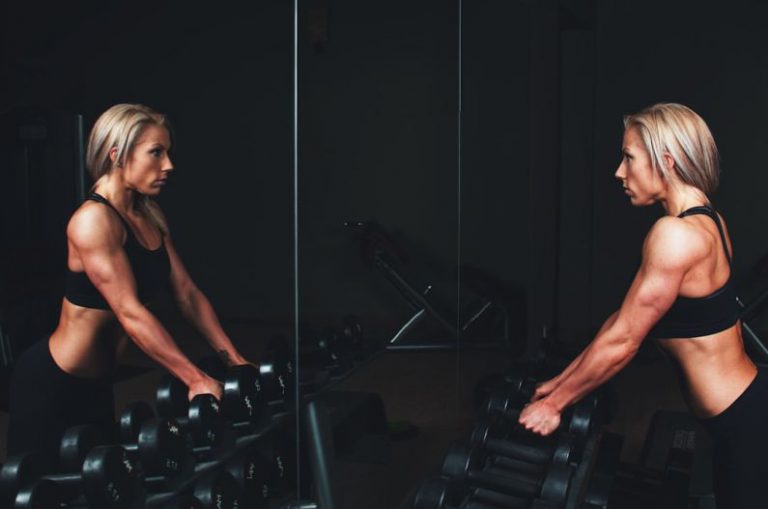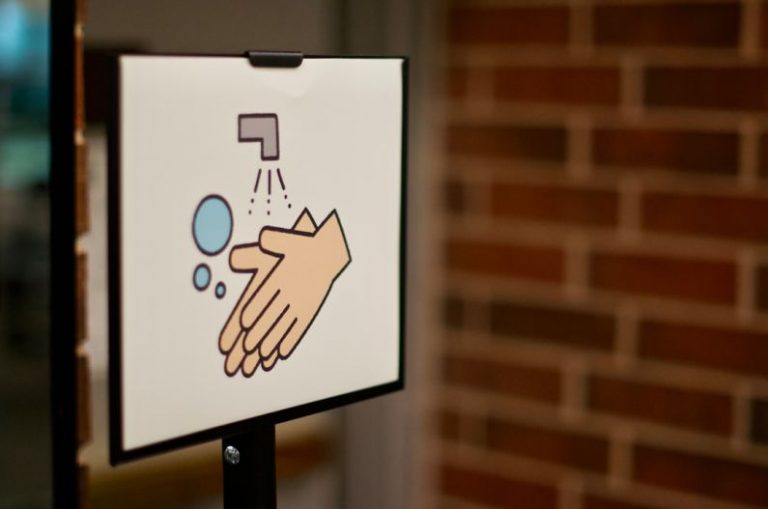The Best Flooring Options for Home Gyms
Creating the perfect home gym involves careful consideration of various elements, with the choice of flooring being a crucial factor to ensure functionality, safety, and durability. The right flooring can make all the difference in the effectiveness and enjoyment of your workout routine. Here, we explore the best flooring options for home gyms to help you make an informed decision.
Rubber Flooring:
Rubber flooring is a popular choice for home gyms due to its durability, shock-absorbing properties, and easy maintenance. It provides excellent cushioning to protect both your joints and your gym equipment from damage. Rubber flooring is also slip-resistant, making it a safe option for high-intensity workouts and heavy weightlifting. Additionally, it is noise-absorbing, which is beneficial if your home gym is located in a shared space.
Vinyl Flooring:
Vinyl flooring is another excellent option for home gyms, offering a cost-effective and versatile solution. It is easy to install and comes in a variety of styles and colors to suit your aesthetic preferences. Vinyl flooring is durable, water-resistant, and easy to clean, making it ideal for high-traffic areas like home gyms. It provides a comfortable surface for workouts while offering good traction and stability for various exercises.
Foam Flooring:
Foam flooring, often referred to as interlocking foam tiles, is a budget-friendly option that provides cushioning and support for home gym activities. These lightweight tiles are easy to assemble and disassemble, allowing you to customize the layout of your gym floor. Foam flooring is gentle on joints, making it suitable for yoga, Pilates, and bodyweight exercises. While foam flooring may not be as durable as rubber or vinyl, it offers sufficient protection for lighter workouts.
Carpet Tiles:
Carpet tiles are a soft and comfortable flooring option for home gyms, especially if you prefer a cozy and inviting workout space. They provide insulation against cold floors and offer a non-slip surface for added safety during exercises. Carpet tiles come in various designs and colors, allowing you to create a personalized gym environment. While carpet may not be as easy to clean as other flooring options, regular maintenance can help preserve its appearance and functionality.
Cork Flooring:
Cork flooring is a sustainable and eco-friendly choice for home gyms, known for its natural warmth, comfort, and shock absorption. It is a hypoallergenic material that resists mold and mildew, making it suitable for those with allergies. Cork flooring is durable, easy to clean, and provides a soft surface that is gentle on the joints. It also has acoustic properties that help reduce noise, making it an excellent option for home gyms located in apartment buildings or shared spaces.
Conclusion:
Choosing the right flooring for your home gym is essential for creating a functional and safe workout environment. Each flooring option has its unique benefits and considerations, so it’s important to select one that best suits your workout routine, budget, and design preferences. Whether you opt for rubber, vinyl, foam, carpet, or cork flooring, investing in quality materials will ensure that your home gym provides a comfortable and supportive foundation for achieving your fitness goals.






